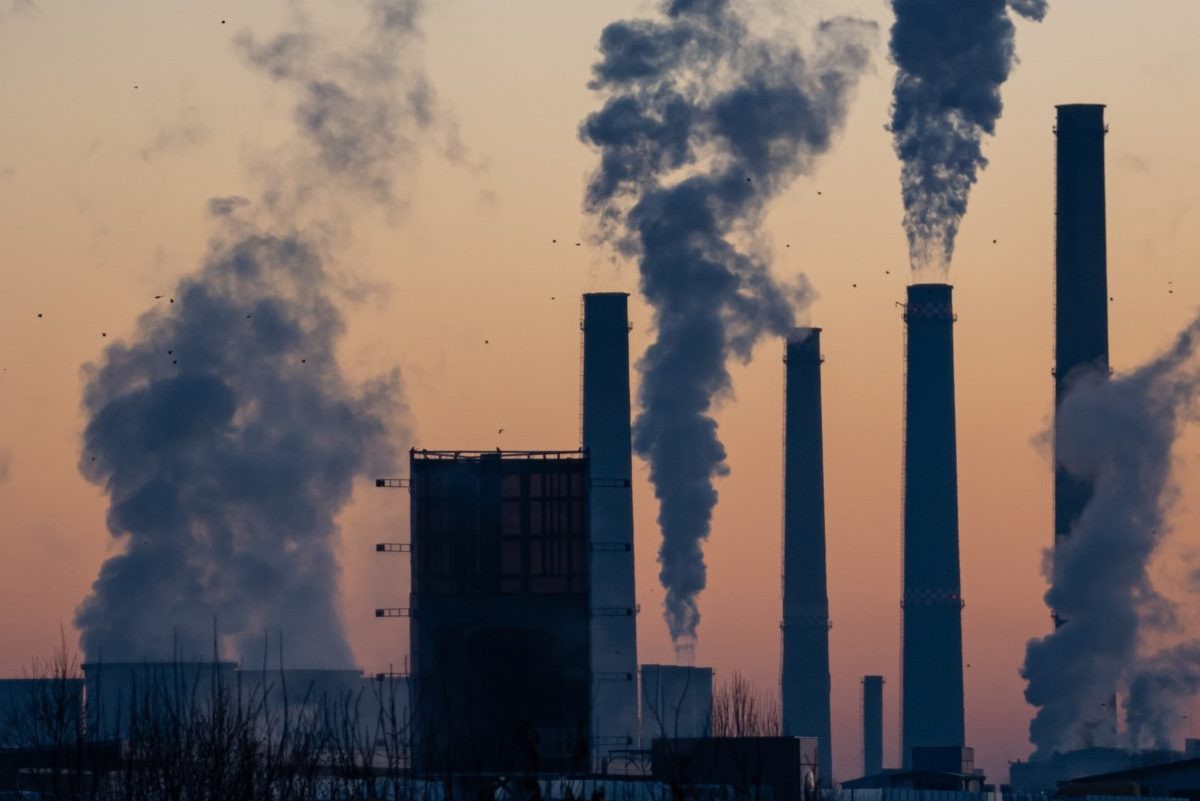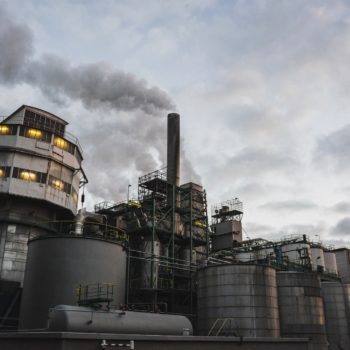Carbon capture, use, and storage (CCUS) technologies play a key role in many pathways to climate neutrality. Yet the term ‘CCUS’ can be ambiguous, covering a broad set of applications including practices with the potential to hinder decarbonisation efforts.
Over the past decade CCUS has experienced peaks of political support and troughs of dismissal. In both the EU and UK, CCUS appears to be once again on an upwards trajectory towards real world deployment.
E3G has a long-standing interest in the role CCUS might play as an enabler of deep decarbonisation, both as a technology option and as a set of policy drivers. Through this blog series we aim to clarify slippery concepts and identify how policymakers can grip CCUS.
Why talk about CCUS?
Many pathways to climate neutrality, including the recent ‘Net Zero by 2050’ report from the International Energy Agency, emphasise the need for substantial quantities of CCUS to stabilise global emissions. The European Green Deal, EU’s roadmap for decarbonisation, also describes CCUS as “a priority area and key technology and infrastructure”.
But CCUS also has many critics. Some doubt its viability or scalability. Others deem it too expensive or energy intensive, or argue that CCUS could be “a costly distraction”, allowing the fossil fuel industry to keep burning carbon despite the climate emergency.
However, for all the noise generated about it, it is often unclear what policymakers and stakeholders precisely mean when talking about CCUS.
There is no such ‘thing’ as CCUS
CCUS is often discussed as if it were a single ‘thing’; a singular technology capable of mitigating carbon emissions through capture, use or storage. In this conception, CCUS would be added to sources of CO2 pollution, mainly fossil fuel power plants. Similar to how the use of scrubbers reduced air pollutants in many industrial facilities. This perception was bolstered by early CCUS policy, which focused its application to coal power generation.
In reality, there is no such ‘thing’ as CCUS. The term covers a wide array of different carbon capture technologies applied to a plethora of different CO2 sources. There are different infrastructure options for moving the captured CO2 and different ultimate destinations for usage or storage.
Therefore, CCUS is best conceived as a ‘category’. A number of important questions are raised when CCUS is thought of a category: What kind of CCUS is being discussed? For which applications? Under which conditions? Which actors would benefit? Would outcomes align with deep decarbonisation goals?

A wide range of technologies could be used to capture CO2 emissions, from industrial emissions sources as diverse as steel, cement and refineries, or power stations using fossil fuels or biomass. Each comes with their own specific sets of economic and social circumstances, technical challenges, and value judgements.
When considering just the technical challenges, different industrial processes provide varying concentrations of CO2. These influence the complexity, costs or energy-intensiveness of the capture process, in turn determining the feasible capture rates. For example, while high capture rates (over 95%) are technically possible for power plants, they are also more expensive.
Storage is key for climate neutrality
Without regulation or carbon pricing, CO2 captured or separated within an industrial process can end up being released back into the atmosphere. For instance, when CO2 is removed during the synthesis of hydrogen, production of ammonia, or processing of methane gas for injection into pipeline systems.
Captured CO2 can also be used in a wide variety of applications, most notably in the food industry. Other usages include: “enhanced oil recovery” (CO2 EOR), a practice where CO2 is pumped into oil fields to displace oil and increase production; the production of chemicals; and the manufacturing of building materials. While utilisation can add economic value, the CO2 often still makes its way to the atmosphere through the usage of the product.
Climate policy aims to reduce the amount of CO2 in the atmosphere, therefore CO2 must be permanently stored. This can be done by injection into deep saline formations or in depleted oil or gas fields. Before that, though, it must first be transported. Pipelines are the most common method, but remote locations could require transport by ship, truck or rail.

Different CCUS types and applications benefit the climate to different degrees. For example, while CO2-EOR can store CO2 permanently, it also increases oil production, undermining or negating the climate benefits of CCUS.
Trade-offs between merits and risks vary greatly based on the type of CCUS application. Given the likely need for some CCUS to limit global warming to 1.5C, it is crucial to get the conversation right. Viewing CCUS as a category allows for a more nuanced discussion of opportunities and risks, where responsibilities can be determined and policy guardrails introduced.


